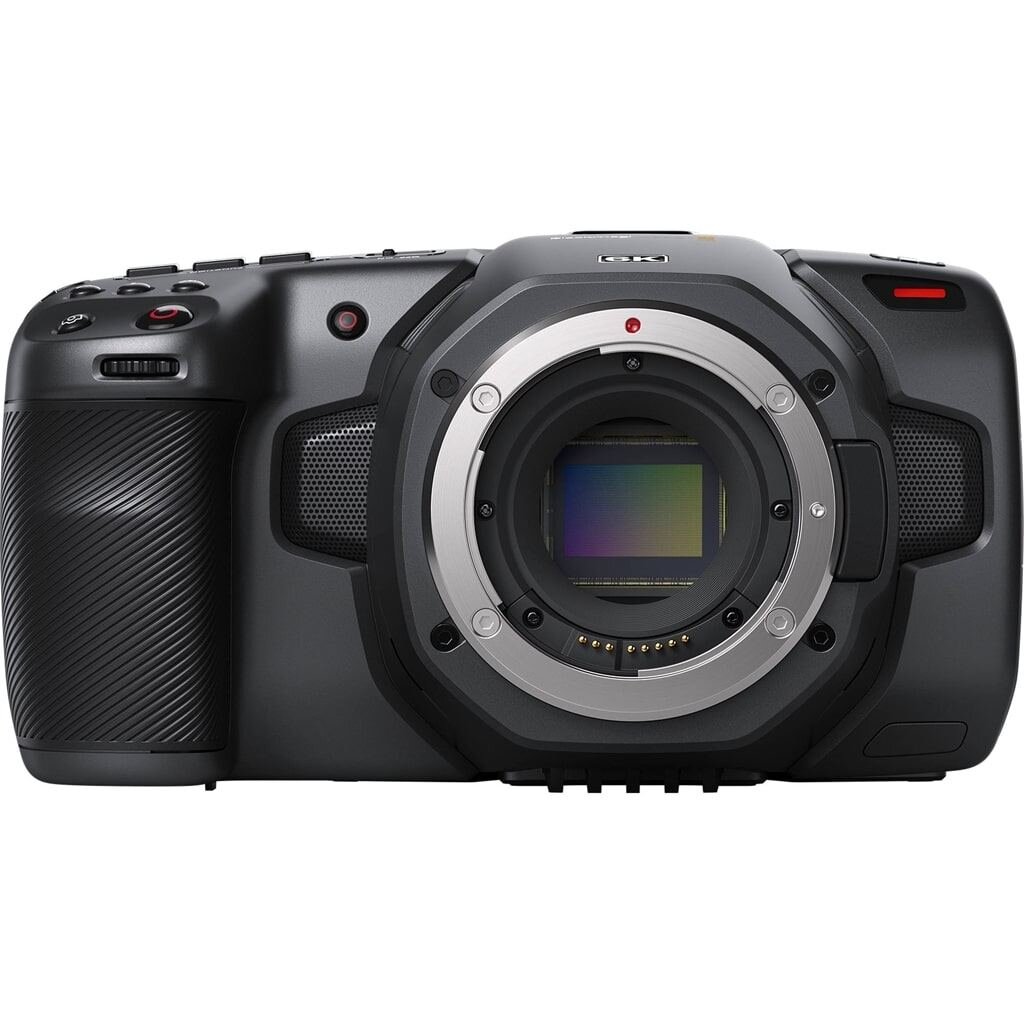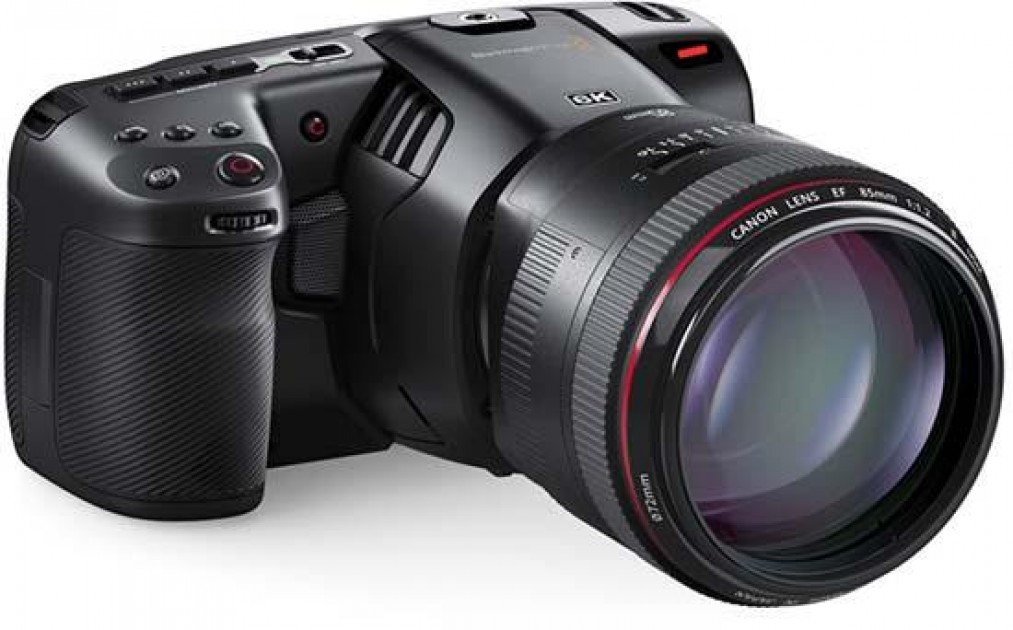

It also offers 3.5mm headphone and microphone ports and dual XLR mic inputs (compared to one on the last model), a full-sized HDMI output, 12 volt power input and a USB-C port. Other features that carry over from before are the dual card slots (CFast 2.0 and SD UHS II), and the excellent, intuitive menu system. Otherwise, it has the same carbon fiber polycarbonate composite body as before, which makes it relatively light for its size (2.7 pounds) but gives it a less solid feel than magnesium-alloy mirrorless cameras. The handle is slightly larger and has a rubberized grip that’s far less slippery than the more plasticky grip on the last model.

The new model is slightly bigger and heavier to accommodate the EVF and built-in ND, but the extra heft actually helps the handling. With a dual ISO sensor (with native settings at ISO 400 and ISO 3200), it also offers decent low-light performance, comparable to APS-C cameras like Sony’s A6600.īy subscribing, you are agreeing to Engadget's Terms and Privacy Policy. In my review, I found that the Super 35mm sensor (23.10 mm x 12.99 mm) delivered a cinematic image with excellent dynamic range, particularly when capturing 12-bit RAW with Blackmagic’s log settings. I’ve had a chance to use the camera for a time, and here’s how I made out.įirst off, a quick recap of the BMPCC 6K. However, it has a number of important new features that make it more suitable for professional cinema shoots, including built-in ND filters, an optional EVF, a brighter display more suitable for viewing HDR footage, a tilt screen and more.

The BMPCC 6K Pro uses the same sensor as the last version, so picture quality is identical. Now, the company has launched an updated version called the Pocket Cinema Camera 6K Pro (BMPCC 6K Pro) for $2,495 with a number of important new features. For $1,995, Blackmagic Design’s Pocket Cinema Camera 6K (BMPCC 6K) was a shockingly good cinema camera that nearly rivaled products costing multiple times the price.


 0 kommentar(er)
0 kommentar(er)
